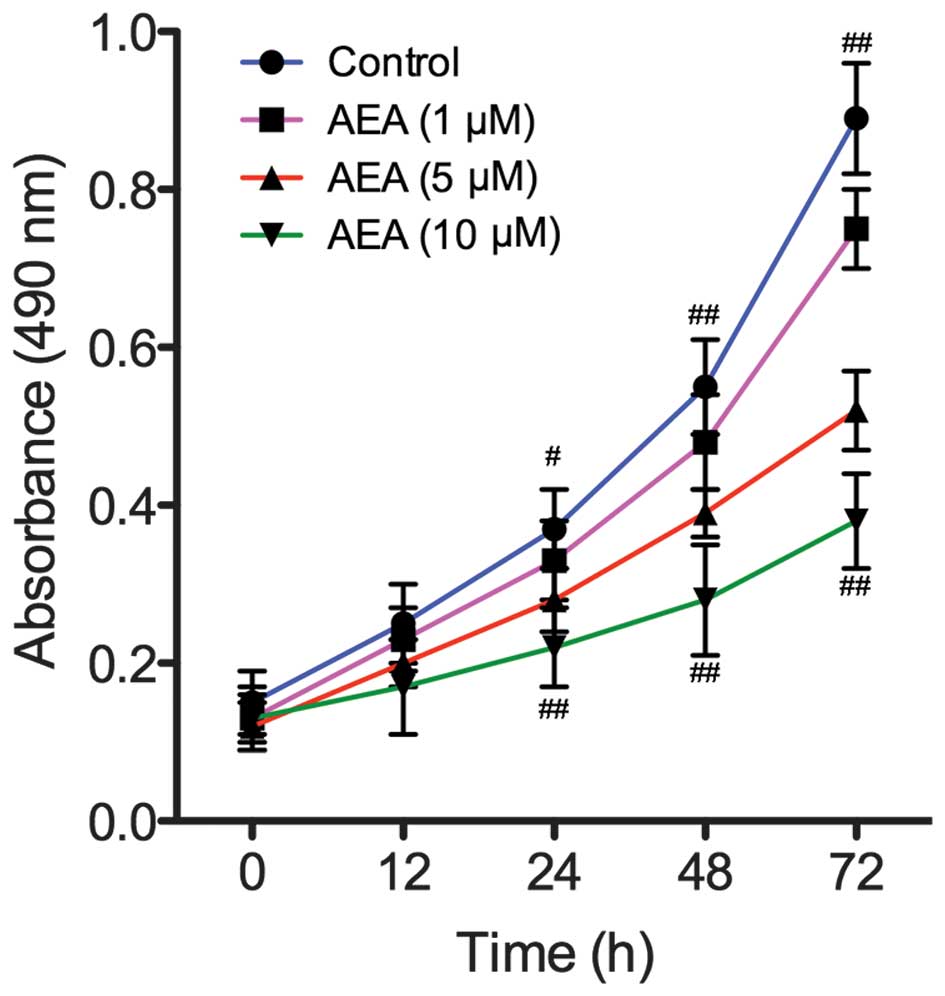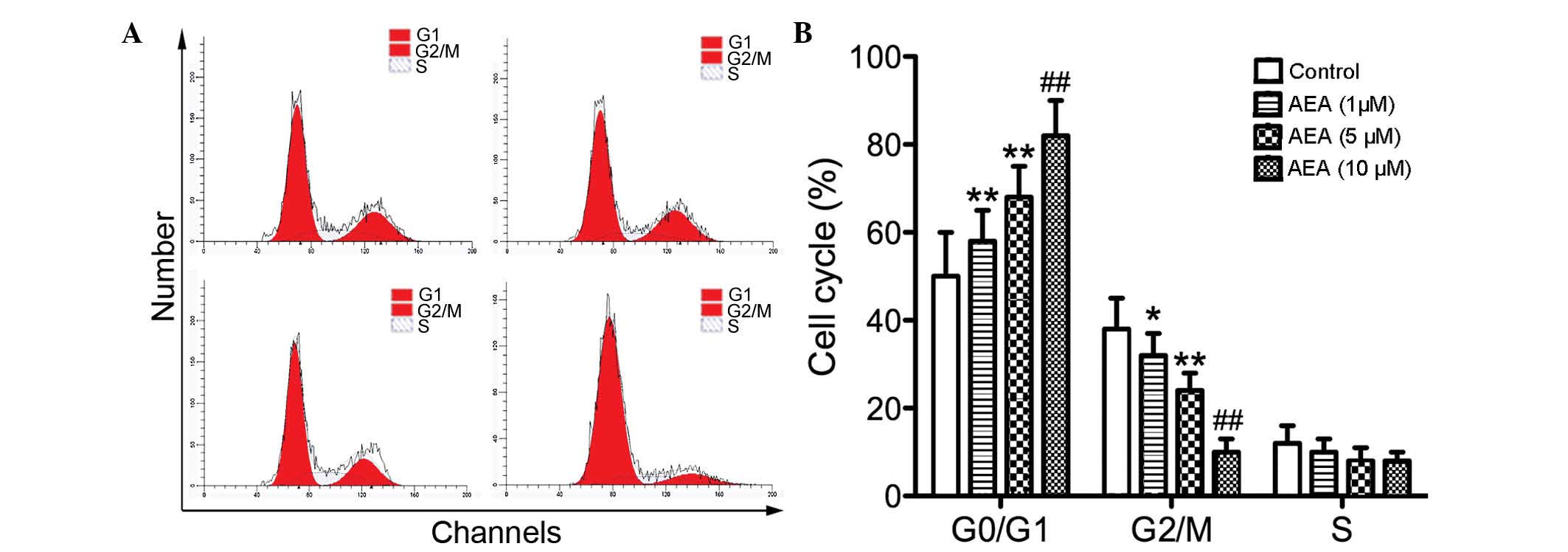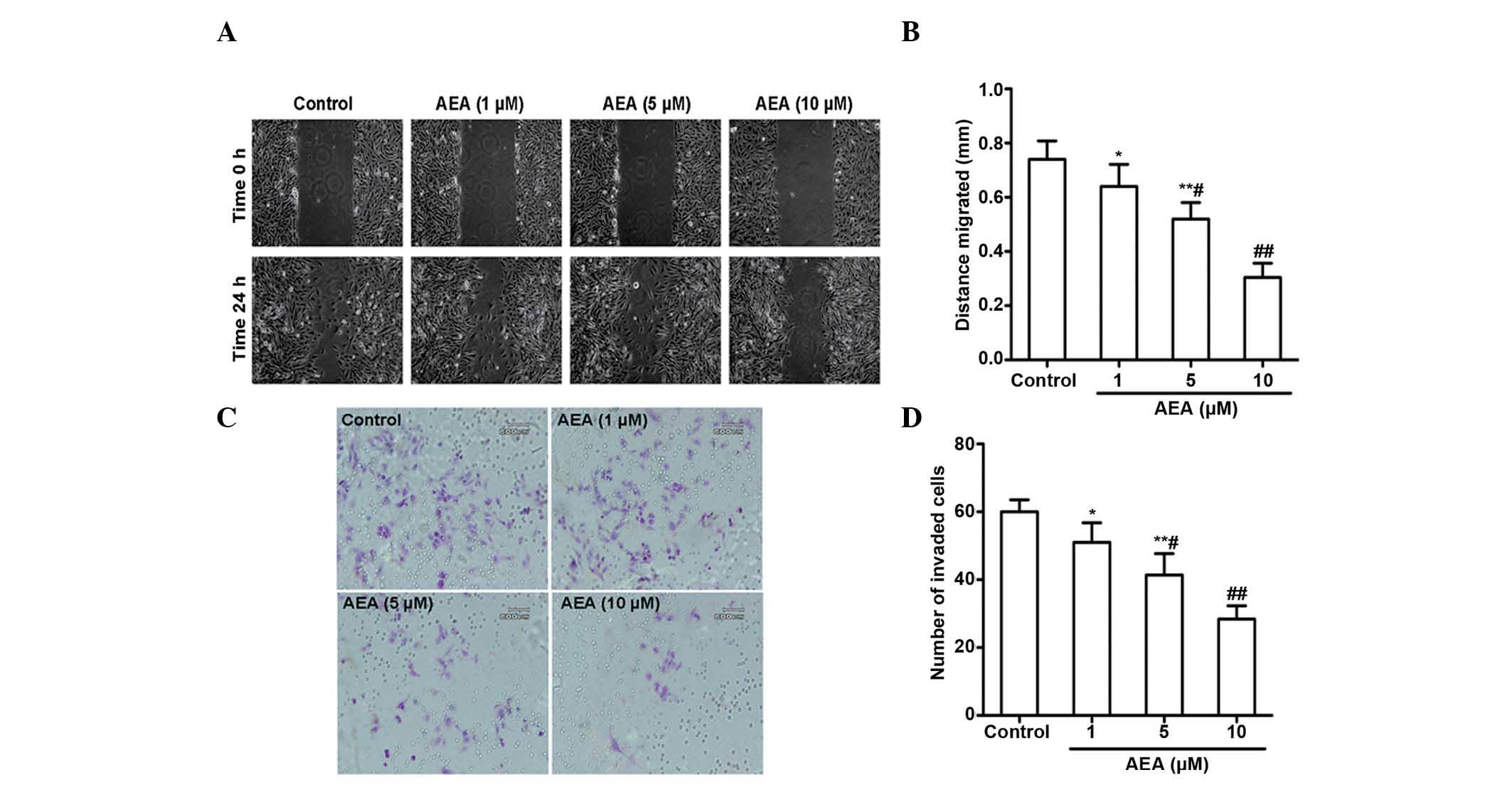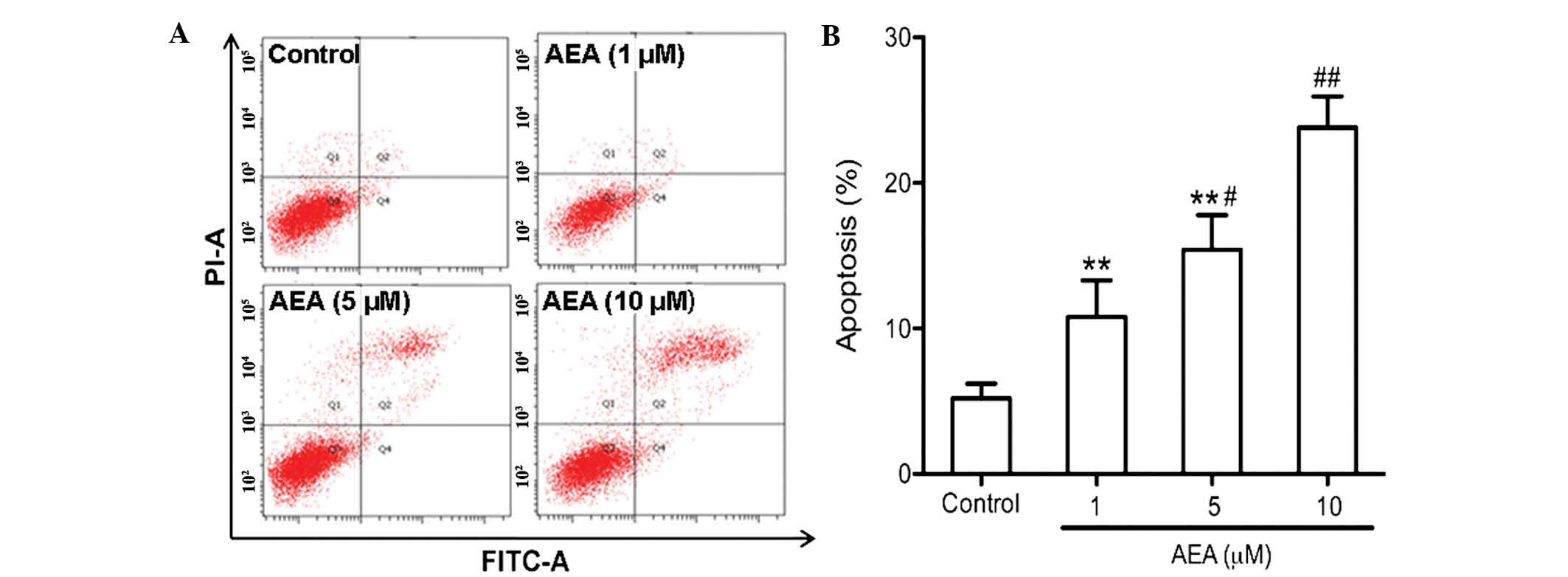|
1
|
Takahashi S, Hirose Y, Ikeda E, Fukaya R
and Kawase T: Chromosome arm 1q gain associated with good response
to chemotherapy in a malignant glioma. Case report. J Neurosurg.
106:488–494. 2007. View Article : Google Scholar : PubMed/NCBI
|
|
2
|
Takahashi S, Yamada-Okabe H, Hamada K,
Ohta S, Kawase T, Yoshida K and Toda M: Downregulation of uPARAP
mediates cytoskeletal rearrangements and decreases invasion and
migration properties in glioma cells. J Neurooncol. 103:267–276.
2011. View Article : Google Scholar
|
|
3
|
Hernán Pérez de la Ossa D, Gil-Alegre ME,
Ligresti A, Aberturas Mdel R, Molpeceres J, Torres AI and Di Marzo
V: Preparation and characterization of
Δ(9)-tetrahydrocannabinol-loaded biodegradable polymeric
microparticles and their antitumoral efficacy on cancer cell lines.
J Drug Target. 21:710–718. 2013. View Article : Google Scholar
|
|
4
|
Caffarel MM, Andradas C, Pérez-Gómez E,
Guzmán M and Sánchez C: Cannabinoids: A new hope for breast cancer
therapy? Cancer Treat Rev. 38:911–918. 2012. View Article : Google Scholar : PubMed/NCBI
|
|
5
|
Velasco G, Sánchez C and Guzmán M: Towards
the use of cannabinoids as antitumour agents. Nat Rev Cancer.
12:436–444. 2012. View
Article : Google Scholar : PubMed/NCBI
|
|
6
|
Sánchez C, Galve-Roperh I, Canova C,
Brachet P and Guzmán M: Delta9-tetrahydrocannabinol induces
apoptosis in C6 glioma cells. FEBS Lett. 436:6–10. 1998. View Article : Google Scholar : PubMed/NCBI
|
|
7
|
Di Marzo V and De Petrocellis L: Why do
cannabinoid receptors have more than one endogenous ligand? Philos
Trans R Soc Lond B Biol Sci. 367:3216–3228. 2012. View Article : Google Scholar : PubMed/NCBI
|
|
8
|
Bosier B, Muccioli GG, Hermans E and
Lambert DM: Functionally selective cannabinoid receptor signalling:
Therapeutic implications and opportunities. Biochem Pharmacol.
80:1–12. 2010. View Article : Google Scholar : PubMed/NCBI
|
|
9
|
Mechoulam R and Hanus L: A historical
overview of chemical research on cannabinoids. Chem Phys Lipids.
108:1–13. 2000. View Article : Google Scholar : PubMed/NCBI
|
|
10
|
Pisanti S, Borselli C, Oliviero O, Laezza
C, Gazzerro P and Bifulco M: Antiangiogenic activity of the
endocannabinoid anandamide: Correlation to its tumor-suppressor
efficacy. J Cell Physiol. 211:495–503. 2007. View Article : Google Scholar
|
|
11
|
Miyato H, Kitayama J, Yamashita H, Souma
D, Asakage M, Yamada J and Nagawa H: Pharmacological synergism
between cannabinoids and paclitaxel in gastric cancer cell lines. J
Surg Res. 155:40–47. 2009. View Article : Google Scholar : PubMed/NCBI
|
|
12
|
Linsalata M, Notarnicola M, Tutino V,
Bifulco M, Santoro A, Laezza C, Messa C, Orlando A and Caruso MG:
Effects of anandamide on polyamine levels and cell growth in human
colon cancer cells. Anticancer Res. 30:2583–2589. 2010.PubMed/NCBI
|
|
13
|
Xie C, Liu G, Liu J, Huang Z, Wang F, Lei
X, Wu X, Huang S, Zhong D and Xu X: Anti-proliferative effects of
anandamide in human hepatocellular carcinoma cells. Oncol Lett.
4:403–407. 2012.PubMed/NCBI
|
|
14
|
Fride E: The endocannabinoid-CB receptor
system: Importance for development and in pediatric disease. Neuro
Endocrinol Lett. 25:24–30. 2004.PubMed/NCBI
|
|
15
|
Patsos HA, Hicks DJ, Greenhough A,
Williams AC and Paraskeva C: Cannabinoids and cancer: Potential for
colorectal cancer therapy. Biochem Soc Trans. 33:712–714. 2005.
View Article : Google Scholar : PubMed/NCBI
|
|
16
|
Maccarrone M and Finazzi-Agró A: The
endocannabinoid system, anandamide and the regulation of mammalian
cell apoptosis. Cell Death Differ. 10:946–955. 2003. View Article : Google Scholar : PubMed/NCBI
|
|
17
|
Melck D, De Petrocellis L, Orlando P,
Bisogno T, Laezza C, Bifulco M and Di Marzo V: Suppression of nerve
growth factor Trk receptors and prolactin receptors by
endocannabinoids leads to inhibition of human breast and prostate
cancer cell proliferation. Endocrinology. 141:118–126. 2000.
|
|
18
|
Galve-Roperh I, Sánchez C, Cortés ML,
Gómez del Pulgar T, Izquierdo M and Guzmán M: Anti-tumoral action
of cannabinoids: Involvement of sustained ceramide accumulation and
extracellular signal-regulated kinase activation. Nat Med.
6:313–319. 2000. View
Article : Google Scholar : PubMed/NCBI
|
|
19
|
Smart D, Gunthorpe MJ, Jerman JC, Nasir S,
Gray J, Muir AI, Chambers JK, Randall AD and Davis JB: The
endogenous lipid anandamide is a full agonist at the human
vanilloid receptor (hVR1). Br J Pharmacol. 129:227–230. 2000.
View Article : Google Scholar : PubMed/NCBI
|
|
20
|
Al-Hayani A, Wease KN, Ross RA, Pertwee RG
and Davies SN: The endogenous cannabinoid anandamide activates
vanilloid receptors in the rat hippocampal slice.
Neuropharmacology. 41:1000–1005. 2001. View Article : Google Scholar : PubMed/NCBI
|
|
21
|
Tóth A, Blumberg PM and Boczán J:
Anandamide and the vanilloid receptor (TRPV1). Vitam Horm.
81:389–419. 2009. View Article : Google Scholar : PubMed/NCBI
|
|
22
|
Maccarrone M, Lorenzon T, Bari M, Melino G
and Finazzi-Agro A: Anandamide induces apoptosis in human cells via
vanilloid receptors. Evidence for a protective role of cannabinoid
receptors. J Biol Chem. 275:31938–31945. 2000. View Article : Google Scholar : PubMed/NCBI
|
|
23
|
Zhang X, Zhang W, Mao XG, Zhen HN, Cao WD
and Hu SJ: Targeting role of glioma stem cells for glioblastoma
multiforme. Curr Med Chem. 20:1974–1984. 2013. View Article : Google Scholar : PubMed/NCBI
|
|
24
|
Grimaldi C, Pisanti S, Laezza C, Malfitano
AM, Santoro A, Vitale M, Caruso MG, Notarnicola M, Iacuzzo I,
Portella G, et al: Anandamide inhibits adhesion and migration of
breast cancer cells. Exp Cell Res. 312:363–373. 2006. View Article : Google Scholar
|
|
25
|
Zhao X and Guan JL: Focal adhesion kinase
and its signaling pathways in cell migration and angiogenesis. Adv
Drug Deliv Rev. 63:610–615. 2011. View Article : Google Scholar :
|
|
26
|
Golubovskaya VM and Cance WG: Focal
adhesion kinase and p53 signaling in cancer cells. Int Rev Cytol.
263:103–153. 2007. View Article : Google Scholar : PubMed/NCBI
|














